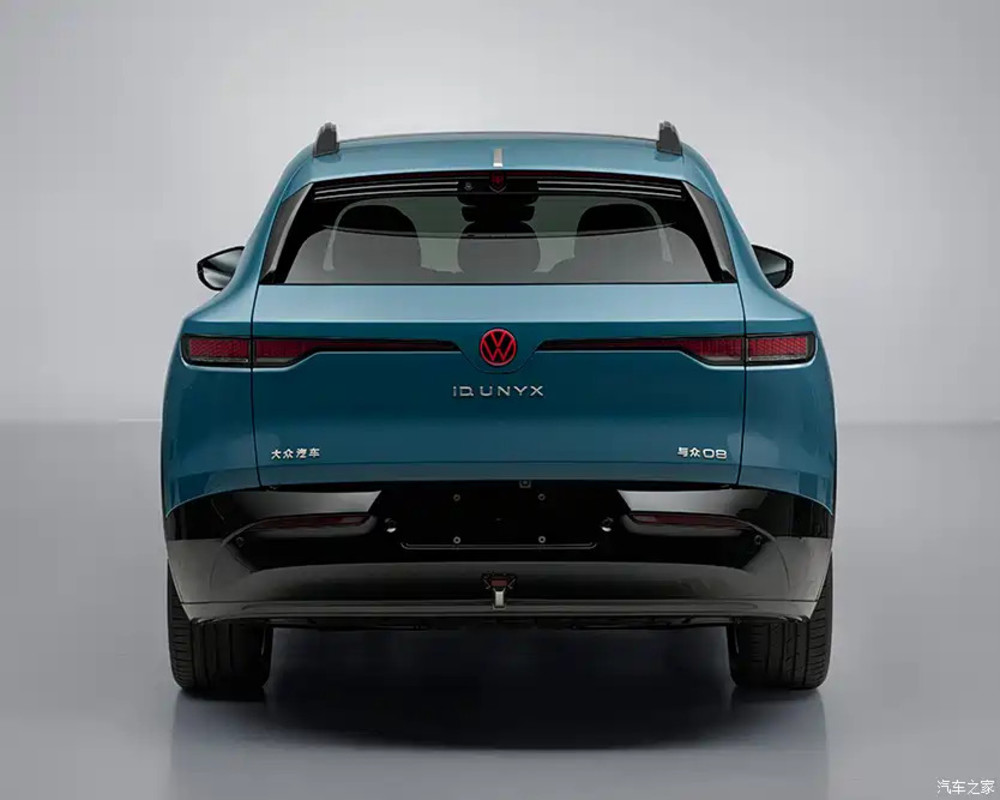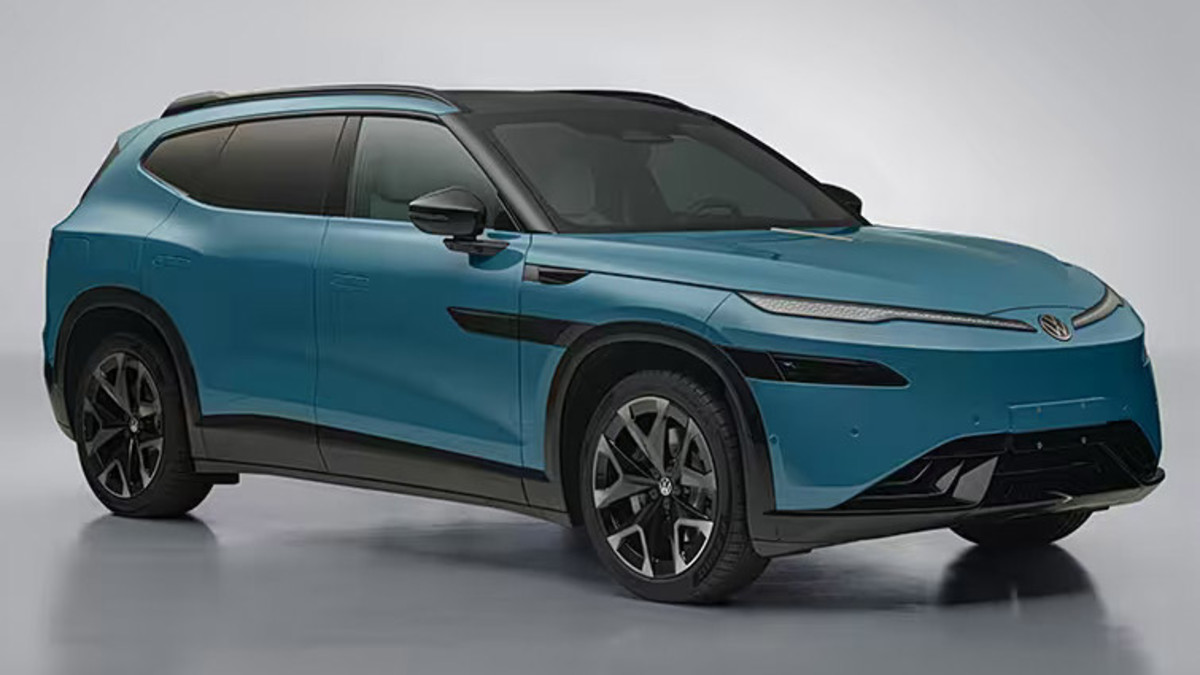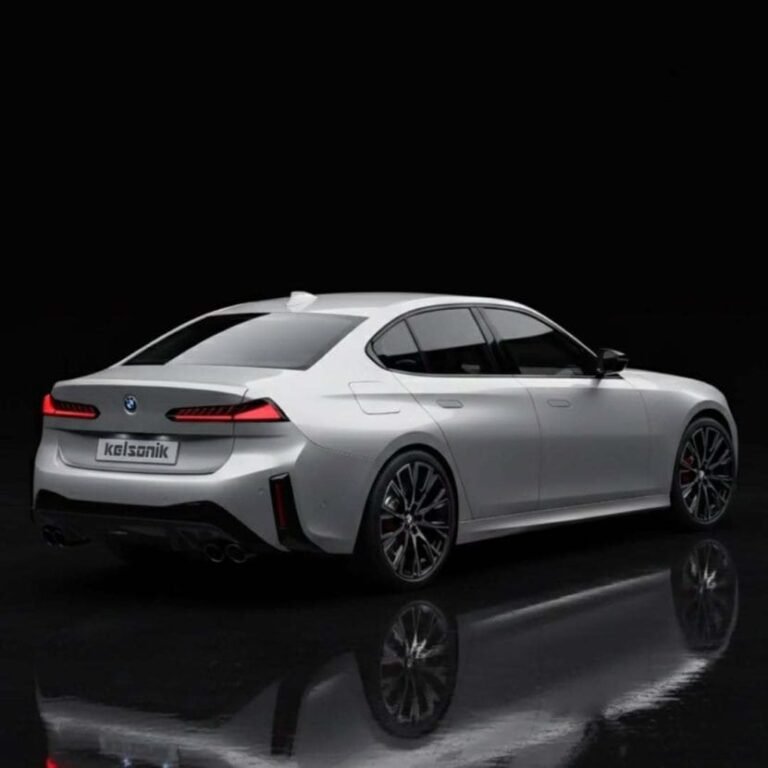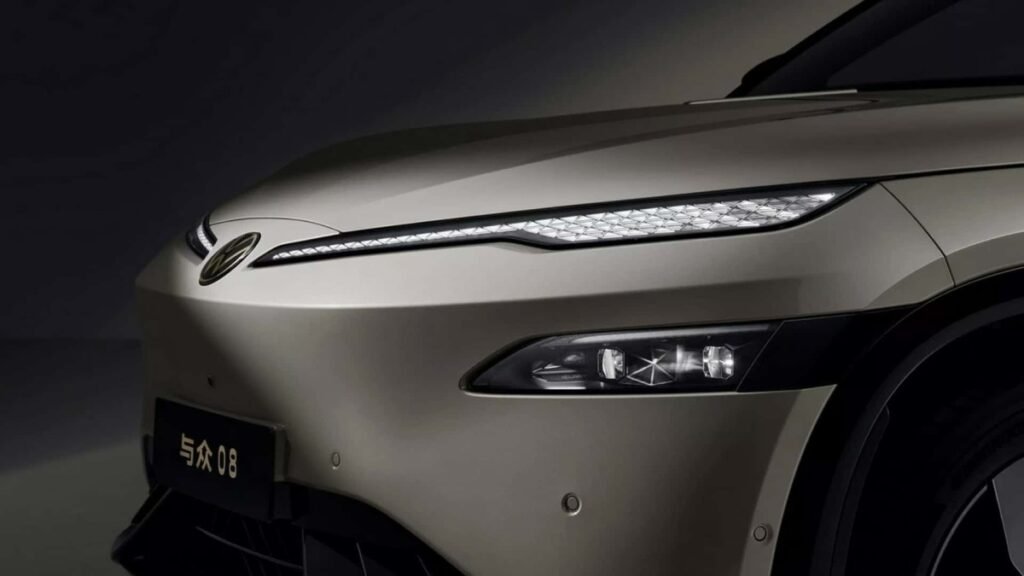
Volkswagen’s Plan to Revive China Sales
VW’s latest China bet is the ID. Unyx 08, a fairly large fully electric SUV set to go on sale next year. However, there’s one problem—it doesn’t look very VW-like. Squint, and you might see a Volkswagen, but only if you spot the badge. And no, you’re not alone.
Volkswagen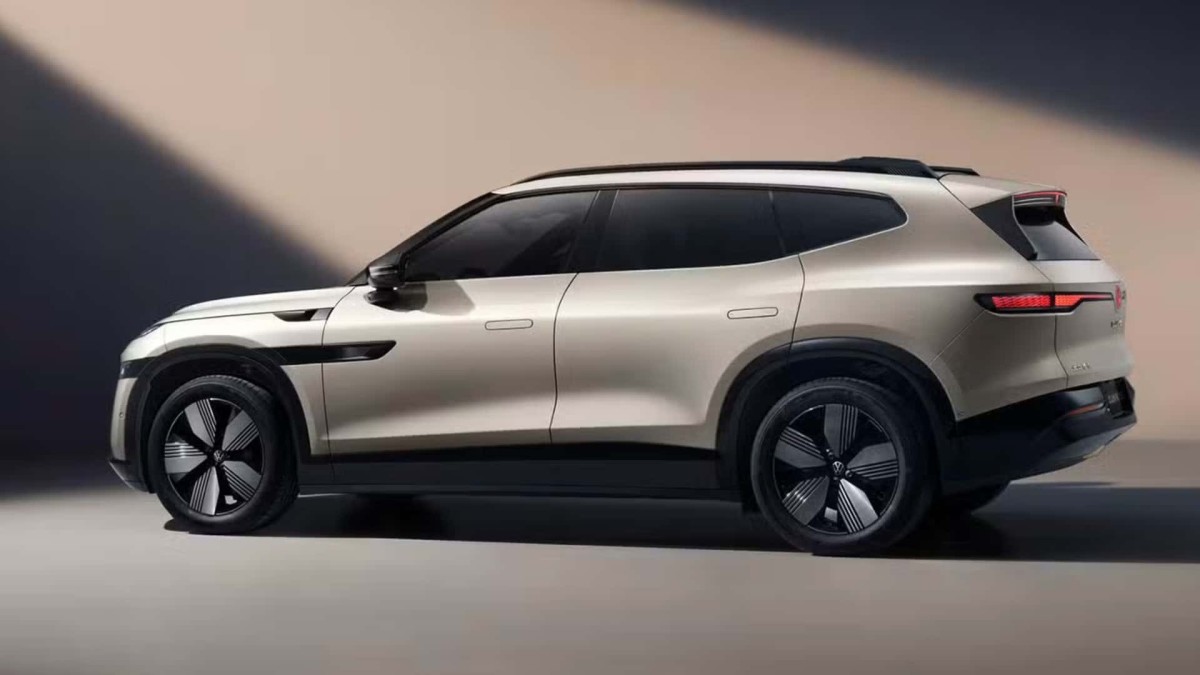
The Unyx 08 is part of the German manufacturer’s “made in China for China” strategy and carries a unique design that VW expects to woo the Chinese audience. This comes at a time when Volkswagen’s EV sales are plummeting in the country. According to InsideEVs, VW’s electric vehicle sales in China dropped by 34 percent in the first two quarters of 2025. The company expects a turnaround with its latest China-only model.

Co-developed with Xpeng and manufactured by Volkswagen Anhui, a joint venture between JAC Motors, the Unyx 08 is a boldly-styled EV that’s larger than a Touareg but smaller than an Atlas.
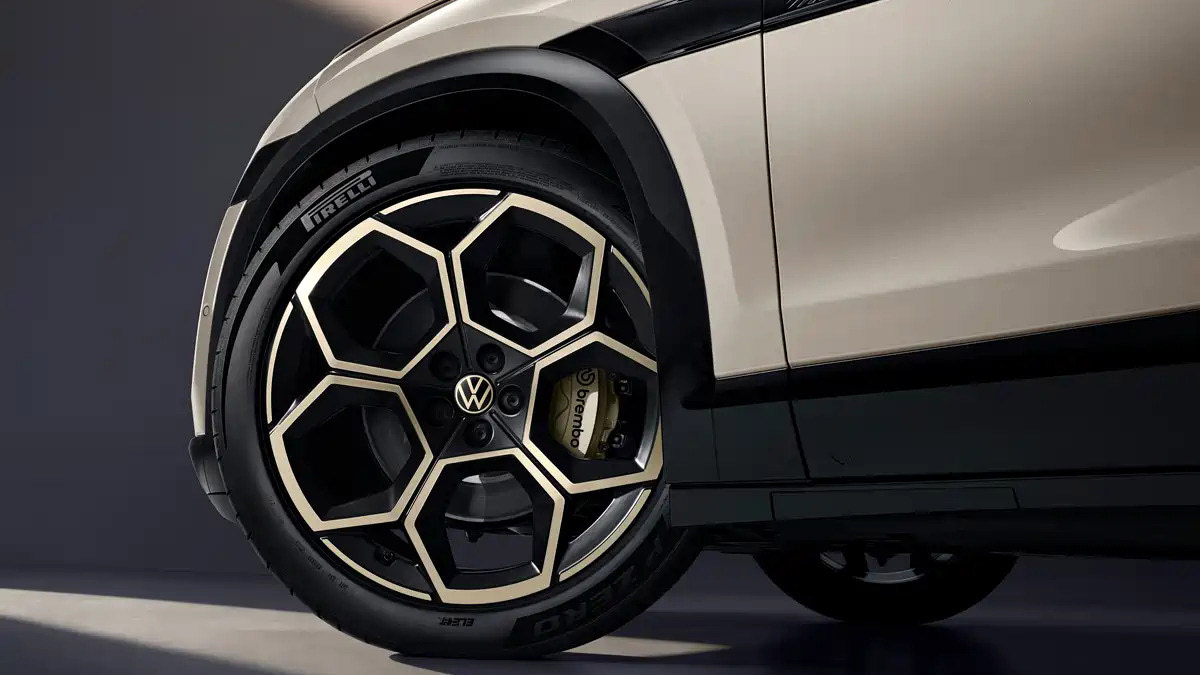
VW ID. Unyx 08: Made in China, for China
Speaking of styling, the SUV features a clean design with muscular shoulders and lots of sculpture. Dimensionally, the EV measures 196.9 inches in length, 76.9 inches in width, and 66.5 inches in height, with a wheelbase of 19.3 inches.
Other exterior features of note include the frameless doors, pop-out door handles, split headlights, and a full-length rear lightbar that merges into the illuminated VW logo. What’s more interesting, or perhaps an Easter egg of sorts, is the wolf insignia on the third brake light, something you don’t often see on most VWs.
Volkswagen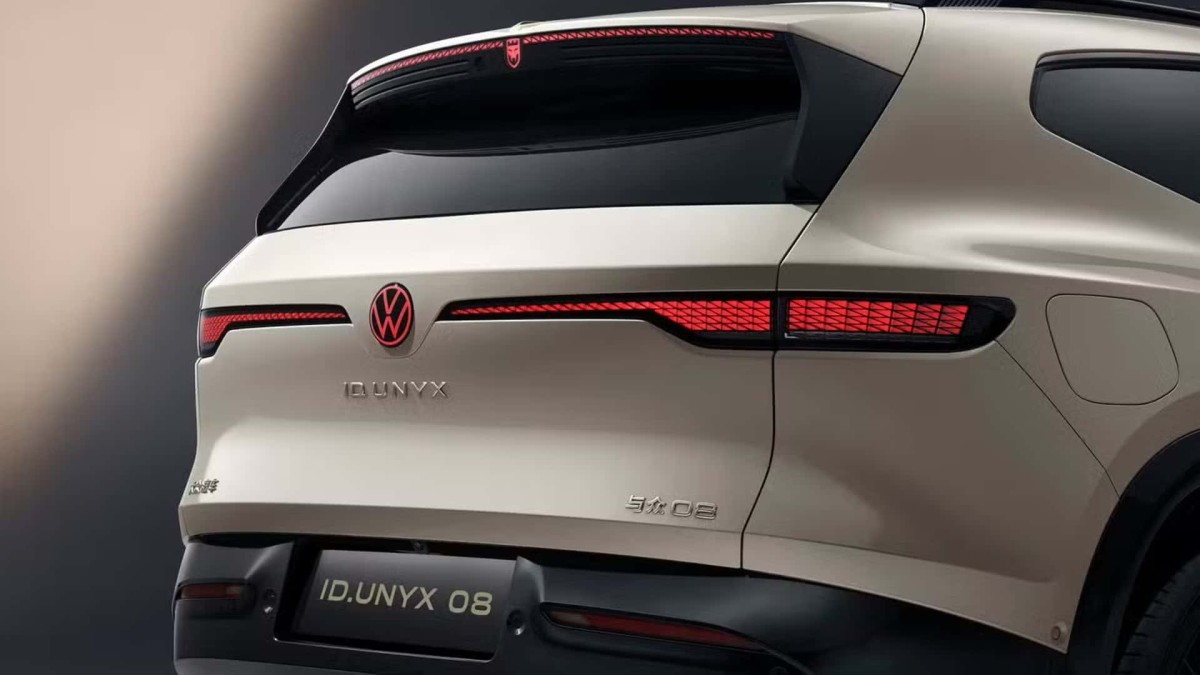
Powering VW’s new China-focussed EV is a CATL-supplied lithium-iron-phosphate (LFP) battery that supports 800-volt fast charging and provides over 435 miles of EV driving range. It’s offered in single- and dual-motor versions, with power figures, according to China’s Ministry of Industry and Information Technology (MIIT), rated at 308 horsepower for the rear motor, 188 horsepower for the front motor, and a combined 496 horsepower in its AWD guise.
Volkswagen
Volkswagen is planning around 30 electric cars for the Chinese market by the end of the decade, developed through various joint ventures. What remains to be seen, however, is whether this strategic shift can help restore VW’s dominance in what is the world’s largest car market.
